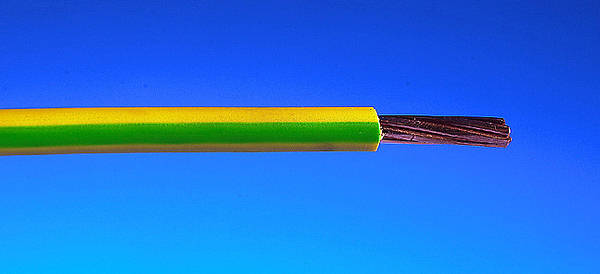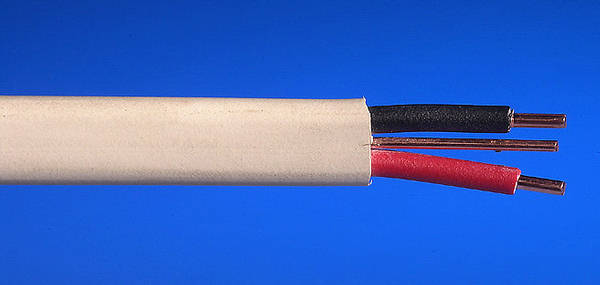When quoting cable sizes does it matter if a cable is single core [one thick piece of copper] or stranded [multiple smaller strands].
Eg, i've added an electric towel rad to the bathroom and obviously need to bond it to the metal pipework in the bathroom. I have a reel of 10mm multi-strand [7 strands to be precise] cable, is this the same as 10mm single core.
Or am i being stupid and 10mm single core [in the sense of one thick strand of copper with a 10mm cross section] not actually exist as i can imagine it being impossible to work with!
Whilst on the subject, could I use 6mm multi-strand in the bathroom bonding instead as it would look a little neater [slightly smaller cable]. Also with the towel rad do I need to physically connect the bonding cable to the radiator itself or is it sufficient to just connect to the earth terminal in the wall mounted flex outlet [or do i need to do both]?
Eg, i've added an electric towel rad to the bathroom and obviously need to bond it to the metal pipework in the bathroom. I have a reel of 10mm multi-strand [7 strands to be precise] cable, is this the same as 10mm single core.
Or am i being stupid and 10mm single core [in the sense of one thick strand of copper with a 10mm cross section] not actually exist as i can imagine it being impossible to work with!
Whilst on the subject, could I use 6mm multi-strand in the bathroom bonding instead as it would look a little neater [slightly smaller cable]. Also with the towel rad do I need to physically connect the bonding cable to the radiator itself or is it sufficient to just connect to the earth terminal in the wall mounted flex outlet [or do i need to do both]?



